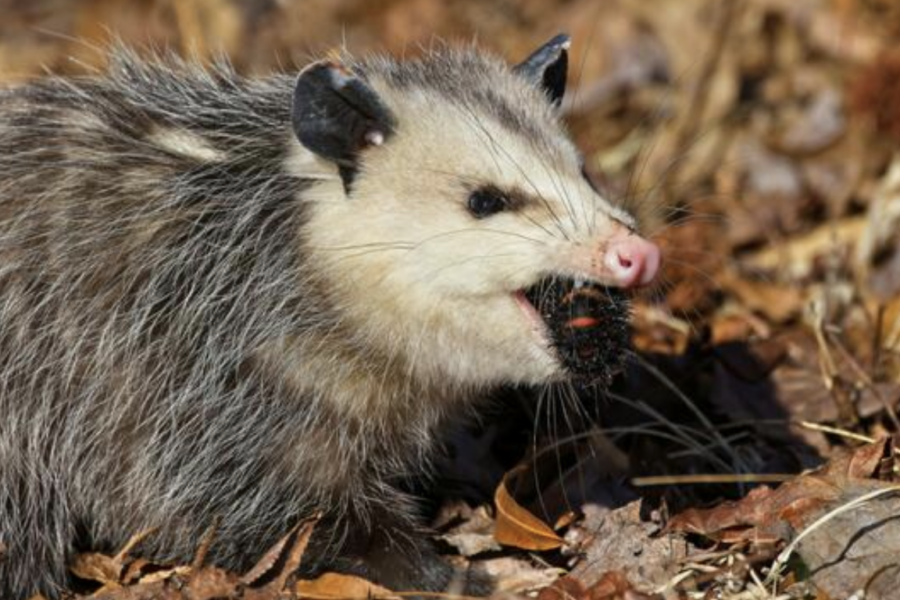Initially restricted to wild birds and poultry, spillover into wild mammals was first confirmed at the beginning of May 2022 in Canada and then a few days later in the United States. The detections were in wild red fox kits. A new study co-authored by USGS scientists describes the detections of disease due to natural infection with HPAI H5N1 in wild terrestrial mammals throughout the United States.
Between April 1 and July 21, 2022, HPAIv was detected in 67 wild mammals from 10 states in the continental United States: Alaska, Idaho, Iowa, Michigan, Minnesota, New York, North Dakota, Utah, Washington, and Wisconsin. Affected mammalian species included 50 red foxes (Vulpes vulpes), six striped skunks (Mephitis mephitis), four raccoons (Procyon lotor), two bobcats (Lynx rufus), two Virginia opossums (Didelphis virginiana), one coyote (Canis latrans), one fisher (Pekania pennanti), and one grey fox (Urocyon cinereoargenteus). The most common clinical signs of infected mammals were neurological abnormalities such as seizures, ataxia, tremors, and inappropriate or lack of fear of humans.
Genetic sequence data from viruses infecting 48 of the mammals suggests that these cases represent spillover infections from wild birds. According to Dr. Hon Ip, Diagnostic Virologist at the USGS National Wildlife Health Center and co-author of the study, “The most likely cause of infection was from predation or scavenging of wild birds infected with HPAIv as wild birds are a component of the natural diet for many of these mammalian species.”
There is no evidence of lateral transmission of HPAIv within wild populations of terrestrial mammalian species in any of the events examined in this study. Additional research would be required to determine the full extent of HPAIv impacts on wild mammals in the United States.
